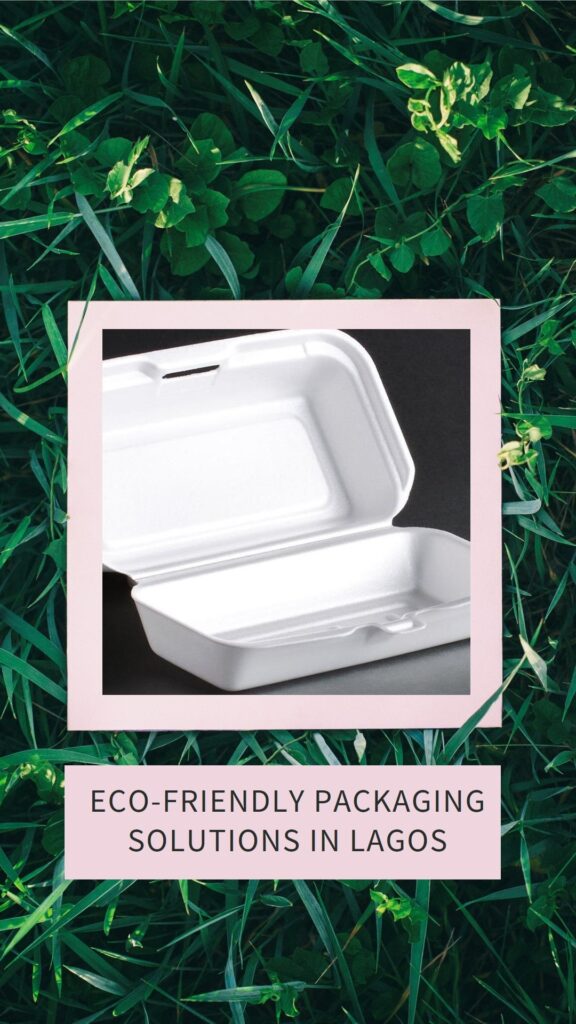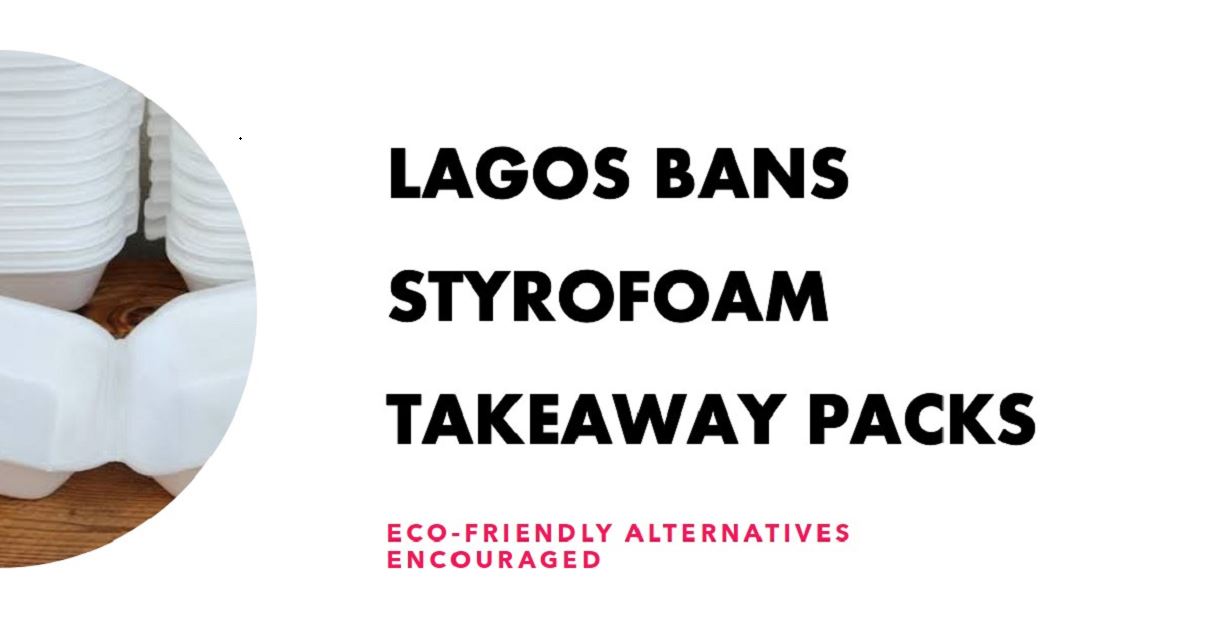The Lagos State Government on Sunday announced a ban on the use and distribution of styrofoam, also known as takeaway packs.
The ban is said to take effect immediately.
According to a statement signed by Tokunbo Wahab, Commissioner for the Environment and Water Resources, the decision was made in response to the environmental threat that takeaway packs have caused.
The Commissioner also stated that most drainage channels in the state are daily clogged by takeaway packs due to their indiscriminate distribution and usage, despite regular cleaning and evacuation of the drains with massive amounts.
The State Waste Management Authority (LAWMA) and the Kick Against Indiscipline have been directed to implement the ban immediately.
The Commissioner directed the two agencies to crack down on all styrofoam production and distribution companies in the state to prevent further distribution.
The Commissioner advised producers, distributors, and end-users of these styrofoam packs to take the ban seriously and find alternatives, or face significant fines and other penalties, including the sealing of their premises.
He also warned that they could be forced to pay for the daily cleanup of their products from our roads and drainage channels, which costs tens of millions of naira daily.
Is this a good idea or a bad one? Will this ban lead to job losses and an increase in the unemployment rate? Use the comment section below.

Styrofoam Health Effect
There are some considerations and potential health effects associated with the material:
Chemical Leaching
Styrofoam containers may release small amounts of styrene, a chemical component of polystyrene, especially when they come into contact with hot or acidic substances. Styrene is classified as a possible human carcinogen by the International Agency for Research on Cancer (IARC).
Environmental Impact
The production and disposal of Styrofoam contribute to environmental concerns. The material is not biodegradable and can persist in the environment for a long time. When Styrofoam is incinerated, it releases potentially harmful chemicals into the air.
Potential for Contamination
When Styrofoam is used for food packaging, there is a risk of contamination if the material is scratched or damaged. Bacteria or other microorganisms can potentially reside in these areas.
Allergies
Some individuals may be sensitive or allergic to certain components in Styrofoam. Skin contact or inhalation of particles from Styrofoam products may cause skin irritation or respiratory issues in sensitive individuals.
Conclusion
It’s important to note that regulatory agencies, such as the U.S. Food and Drug Administration (FDA), have determined that Styrofoam is safe for use in food packaging when used according to regulations. However, there is ongoing debate and research regarding the environmental impact and long-term health effects associated with the production and use of Styrofoam.
To minimize potential health risks, it is advisable to follow guidelines for the proper use and disposal of Styrofoam products. Additionally, considering alternative, more environmentally friendly materials for packaging and food containers is encouraged as part of sustainability efforts.













![TikToker Peller Hospitalised After Suicide Attempt Following Breakup With Girlfriend Jarvis [VIDEO]](https://bestlagos.ng/wp-content/uploads/2025/12/Blank-2-Panel-Portraits-Comic-Strip_20251214_173158_0000-350x250.jpg)

![Terrifying Uber Ride: Lady Panics After Discovering Broken Door Lock Mid-Trip [VIDEO]](https://bestlagos.ng/wp-content/uploads/2025/12/White-Modern-Fashion-Trends-Photo-Collage_20251211_085520_0000-350x250.jpg)









